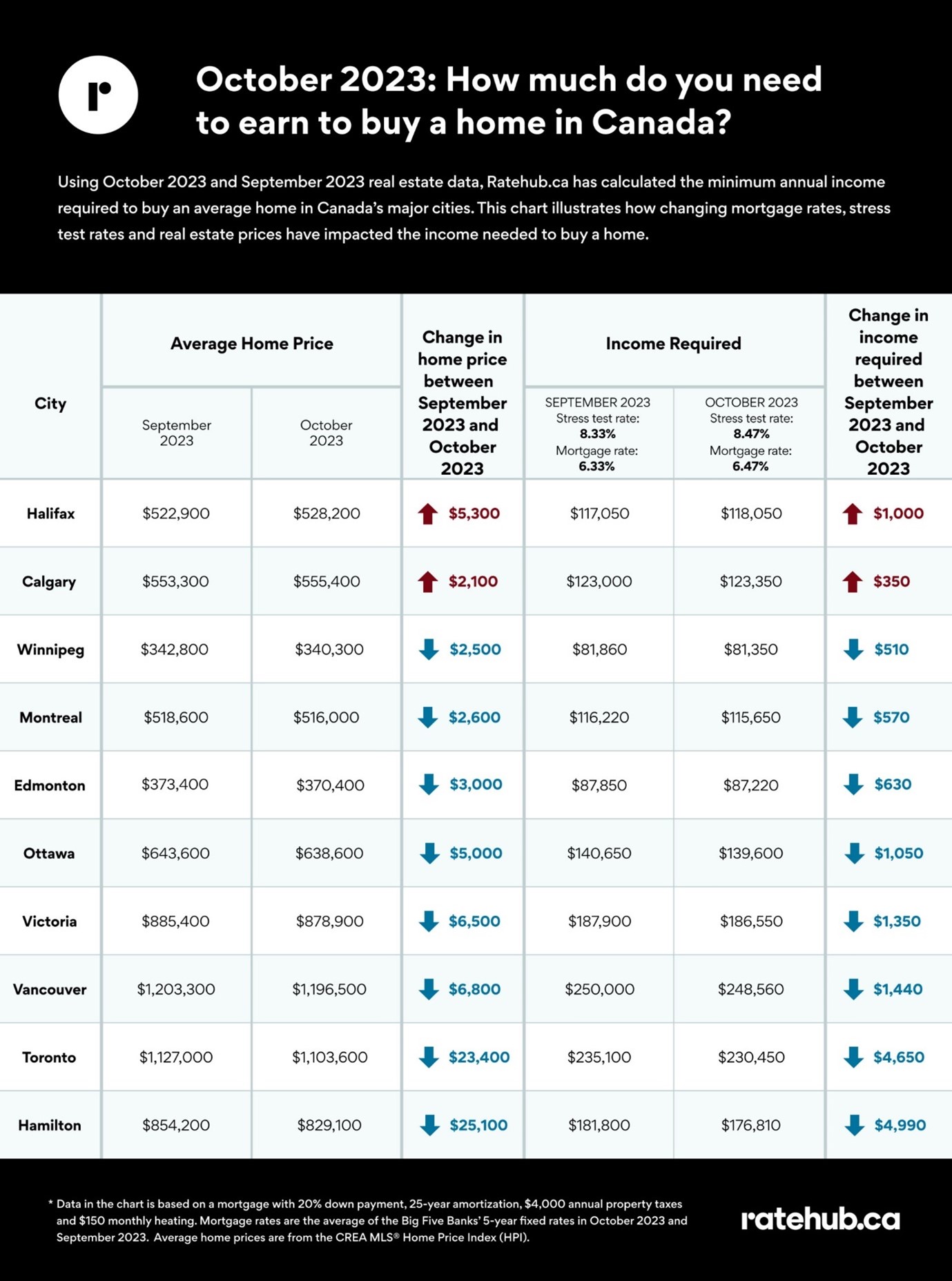The Bank of Canada’s path on interest rates has grabbed headlines and dominated the news cycle throughout 2023 – but its final rate decision of the year isn’t expected to hold many surprises.
The central bank has left its policy rate, which leads variable mortgage rates in Canada, unchanged in its last two announcements, with Wednesday’s (December 6) scheduled decision expected to see no further move.
Markets appear virtually certain that the Bank will not hike rates next week amid clear signs that inflation pressures are easing as the economy continues to flatline.
Sherry Cooper, chief economist at Dominion Lending Centres (DLC), told Canadian Mortgage Professional that Wednesday’s announcement could even see the Bank deploy more dovish language than usual, depending on third-quarter GDP figures which at time of writing had not been released.
“Assuming that the numbers are quite weak, which I expect, I think [the Bank] may hint that they could be finished tightening monetary policy, which will be seen as very positive in the market,” Cooper said. “And we’ve already seen the bond yields, market-driven yields, decline quite significantly. So all of that would be very positive.”
Could the Bank of Canada signal that it’s done finishing rates?
Bank governor Tiff Macklem surprised some observers by indicating last week that interest rates may already be high enough to bring inflation back down towards the 2% target, a departure from the hawkish language deployed by Bank officials in recent months.
Cooper said Macklem may have been speaking with the upcoming mortgage renewal wave, which will see scores of mortgages renewed at much higher interest rates than before, in mind.
“It surprised me, because he didn’t need to do that and no-one expected him to. It seems really quite aggressive on his part,” she said. “Maybe it’s because they’re very concerned about all the refinancing of mortgages that’s happening even as we speak, and it won’t peak until 2026.
“So beginning to get interest rates down may be high on his list of priorities, but only if inflation continues to come down.”
On the flipside, there seems little to no prospect of the Bank actually cutting interest rates until some point in 2024, depending on how inflation plays out in the coming months. Still, odds of a further hike appear to be fading.
“[Macklem’s] certainly not going to promise that interest rates have peaked and I don’t expect them to cut interest rates until well into next year,” Cooper said. “But nonetheless, it’s certainly a positive, and I do think that there’s a very high probability that interest rates have peaked.”
Housing market outlook remains unclear as BoC mulls next steps
The Bank of Canada slashed its trendsetting interest rate to a rock-bottom 0.25% at the onset of the COVID-19 pandemic as the national economy ground to a halt amidst public health restrictions and business closures.
It kept that rate unchanged for nearly two years, with low borrowing costs helping fuel a housing market boom that saw activity and prices skyrocket in many cities across Canada.
In March of last year, with inflation beginning to balloon well past its target, it started hiking rates, beginning a path that would see its policy rate rise by 475 basis points to its current level of 5.0% – a 22-year high.
Earlier this year, the Bank’s pause on interest rate hikes spurred an unlikely (if brief) housing market resurgence, prompting the central bank to increase rates twice again over the summer to pour cold water on that uptick in sales.
With the central bank poised to leave its benchmark rate untouched for a third consecutive decision, could another prolonged pause see the housing market roar into life again?
That may not occur in the winter, although Cooper said the spring market could see higher activity than has been the case in the past if variable rates remain on hold and fixed rates continue to tick down.
“I think we will see a more robust spring season than what we’ve seen in the recent past and despite the policy rate being high, fixed-rate mortgage yields have come down, and come down quite significantly,” she said. “So I do think we’ll see a rebound in activity.”
Source CMP
By Fergal McAlinden



